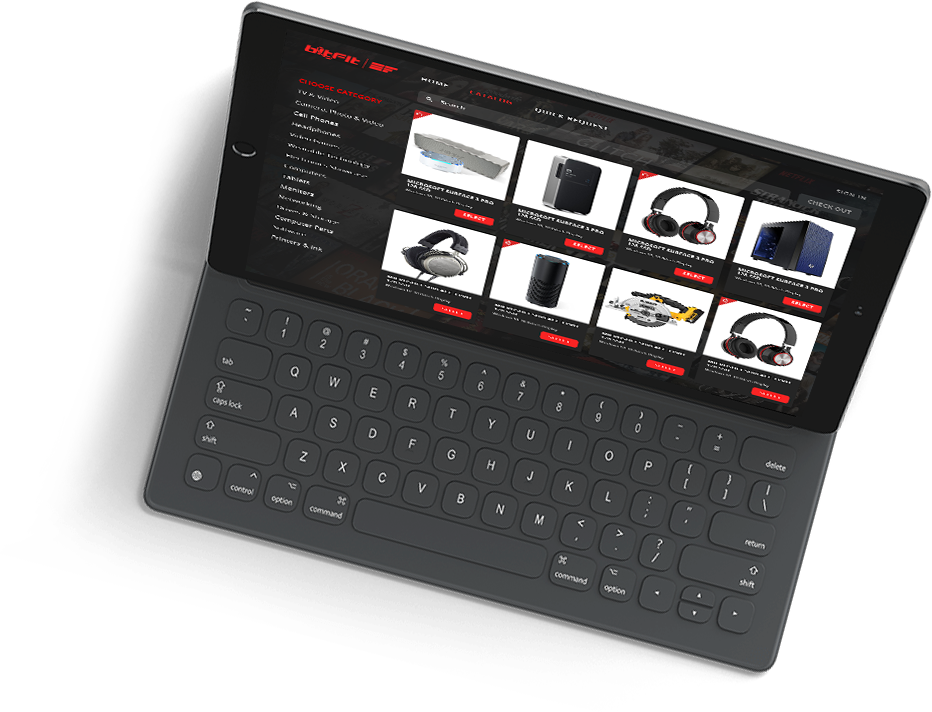Understanding Check In And Check Out Asset Tracking
Whether you’re refurbishing your home over the weekend, planning a camping trip, or setting up a backyard party, you might find yourself at a rental equipment store. Here, you can pick up everything from power tools and tents to tables and sound systems—items you need temporarily but don’t want to purchase. The process of acquiring and returning these items is a perfect, everyday example of asset tracking through check-out and check-in systems.
When you check out a piece of equipment, the store logs specific details: your identification, the item’s condition, and the expected return date. This procedure ensures that the store can track the whereabouts of their assets and holds you accountable for the item while it’s in your possession. Upon returning the equipment, the item is inspected for any damage, and the return is recorded, marking the item as available for the next customer. This simple yet effective system minimizes losses, ensures proper maintenance, and keeps the inventory cycle running smoothly.
This rental store scenario is a practical illustration of check-out and check-in asset tracking, a system many businesses and organizations employ to manage resources efficiently and effectively. Through this lens, we can better understand the broader applications and benefits of asset tracking in various settings, from libraries and schools to high-end technology firms.
The check-in and check-out process is a specific method within asset tracking used to manage and record the movement of assets in and out of a facility or between different locations within a company. This system is akin to borrowing an item from a rental store – every item’s movement is recorded, including who has it and when it is due back. Implementing such a system ensures that organizations can keep track of their assets at all times, reducing the likelihood of loss while increasing accountability among employees.
Benefits of Check In Check Out Systems
Adopting a check-in check-out system offers numerous advantages:
- Accountability: Each asset is tied to an individual at any time, clearly defining responsibility.
- Reduced Losses: Companies that diligently track assets report fewer losses and misplacements, directly impacting their bottom line.
- Improved Efficiency: Automated systems speed up asset management and reduce the manpower needed for manual checks.
- Maintenance Schedules: Helps track maintenance schedules, which prolongs the asset’s life and performance.
Industries like IT, where equipment is expensive and vital for operations; construction, where tools are numerous and easily misplaced; and healthcare, which requires strict tracking of instruments and devices, have seen significant improvements after implementing these systems.
Key Features of an Effective Check In Check Out System
A robust check-in check-out system includes several key features:
- QR Labels Scanning: Quick and accurate tracking of assets as they move in and out.
- Digital Activity Logs: Every transaction is recorded digitally, allowing easy back-tracking and auditing.
- Real-Time Updates: Live updates provide the current status of every asset, who is using it, and when it is due back.
- User-Friendly Interface: Ensures employees can use the software effectively and efficiently.
Leading software platforms often integrate seamlessly with other tools, such as inventory management and procurement systems, enhancing the overall asset management process.
Check In Check Out System
Implementing such a system involves several key steps:
- Assessment of Needs: Determine what assets need tracking and the level of detail required.
- Choosing the Right Software: Select software that fits the organizational needs and integrates with existing systems.
- System Setup and Customization: Customize the software to fit the organization’s specific workflows.
- Training Employees: Ensure all employees are trained to use the new system.
- Go Live and Monitor: Launch the system and monitor its usage and effectiveness, making necessary adjustments.
Challenges and Solutions
While implementing a check-in check-out system brings numerous benefits, it has its challenges. Organizations might need help with issues such as user resistance, complexities integrating new software with existing systems, and effectively managing the vast amount of data generated.
Solutions with bitFit:
- User-Friendliness: bitFit is designed to be intuitive and easy to use, which can significantly reduce user resistance. Its user-friendly interface ensures that all employees can navigate the system efficiently, which is crucial for smooth adoption and operation.
- Professional Services: bitFit offers white-glove support as part of its additional professional services. This level of support helps organizations tailor the system to their specific needs and provides ongoing assistance to ensure optimal functionality and user satisfaction.
- Extensive Integrations: Integrating existing software is one of the common hurdles in implementing a new system. bitFit addresses this challenge with over 5,000 out-of-the-box integrations via Zapier, making it straightforward to connect with practically any existing system. This capability simplifies syncing data across platforms, enhancing overall workflow efficiency.
By choosing bitFit, organizations can overcome many of the typical barriers associated with deploying a new asset tracking system. Its user-friendly design, dedicated support, and extensive integration options make bitFit an excellent choice for businesses looking to improve their asset management strategies.
Conclusion
Check-in check-out asset tracking systems are vital tools in managing an organization’s assets efficiently and effectively. Organizations can significantly improve their asset management processes by understanding the benefits and implementing a robust system like bitFit. bitFit’s intuitive interface, white-glove support, and extensive integrations via Zapier make it a standout choice. These features ensure that even those new to asset tracking can easily adopt and integrate it smoothly into their existing operations. Whether you’re looking to streamline your asset management, enhance accountability, or simply boost operational efficiency, bitFit provides a comprehensive solution that can meet the diverse needs of any organization.

